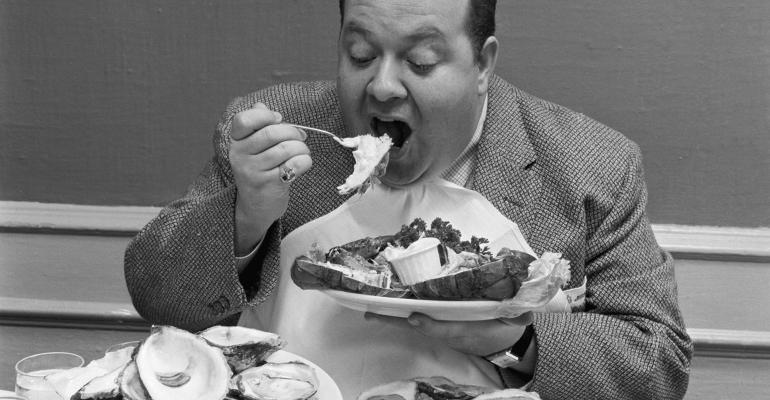The winter holidays are right around the corner. Soon, many Americans will gather around the table with family and friends to give thanks for abundant blessings and freedoms as they indulge in a surfeit of delicious traditional foods. Leftovers will last for days.
In December, people of different faiths and traditions will celebrate religious or cultural holidays—enjoying more festive and plentiful food and the added indulgence of gift giving. This season can leave many of us feeling stuffed and uncomfortable—in more ways than one.
As you plan for this “season of excess,” consider a few eye-opening facts:
- Over Halloween, Americans spent $490 million on costumes for pets, $3.2 billion on costumes for people and $2.6 billion on candy treats. Billions more were spent on decorations.
- In November and December, Americans are expected to spend $730 billion on holiday buying of gifts (often unneeded or unwanted), food, greeting cards and wrapping paper.
- The 2.65 billion Christmas cards sent each year in the United States could fill a football field 10 stories high. Nearly all of them become trash—and few are recyclable.
- Up to 40% of the food produced in the United States ($160 billion worth) is never eaten. The carbon footprint of that discarded food is 3.3 billion tons.
In the midst of this overindulgence, many in the United States are in need:
- Ten percent of employed adults—a total of nearly 15 million people—live in homes that can’t always afford enough food.
- One in six children lives in a food-insecure household, meaning that the supply of food is inconsistent.
- In 2018, the federal poverty level was $25,750 for a family of four. Almost 40 million Americans live at or below that level of income.
What-Ifs
Now, I’m not a Grinch. I would never suggest that we abandon the joys and meaningful traditions of the holiday season. However, I am suggesting that we consider approaching the holidays with a lens that focuses intentionally on excess.
- What if we consciously cooked, ate and wasted less at Thanksgiving—and donated the difference to a local food pantry, to groups that feed veterans or seniors, or to a “backpack program” that feeds hungry school children over the weekend or in summer?
- What if, at the Thanksgiving dinner table, families intentionally discussed giving fewer gifts to each another—jointly selecting one or two charities to which family members could donate? Options include combating climate change, funding research to cure a disease that’s affected the family and supporting urban gardening programs.
- What if we devoted a portion of our gift budget to a high school for teenage parents and preschoolers; or a homeless shelter for women; or a medical and dental clinic for underserved families? If U.S. families diverted just 10% of their holiday spending to philanthropy, that would equal $75 billion of assistance to worthy causes.
- What if we spent only $1 billion on wrapping paper this year—freeing up the additional $1.5 billion to help feed our neighbors, conserve open lands or support after-school programs for girls?
- What if we culled our holiday card list to include fewer recipients—or, even better, used online cards—and gave this repurposed money to support the arts in schools, fund clean waterways or promote First Amendment or voting rights?
A pledge to spend less and give more can bring families, friends and co-workers together with a shared purpose. It can help children focus on giving as well as getting, spread the true spirit of the season and make our communities better places for everyone. Plus, there’s an excellent chance that—by season’s end–you’ll feel considerably less stuffed and uncomfortable.
A Haitian saying sums it up: "If you get a piece of cake and eat the whole thing, you will feel empty. If you get a piece of cake and share half of it, you will feel both full and fulfilled."
Bruce DeBoskey, J.D., is a philanthropic strategist working across the U.S. with The DeBoskey Group to help families, businesses, foundations, and family offices design and implement thoughtful philanthropic strategies and actionable plans. He is a frequent keynote speaker at conferences and workshops on philanthropy. Visit deboskeygroup.com





